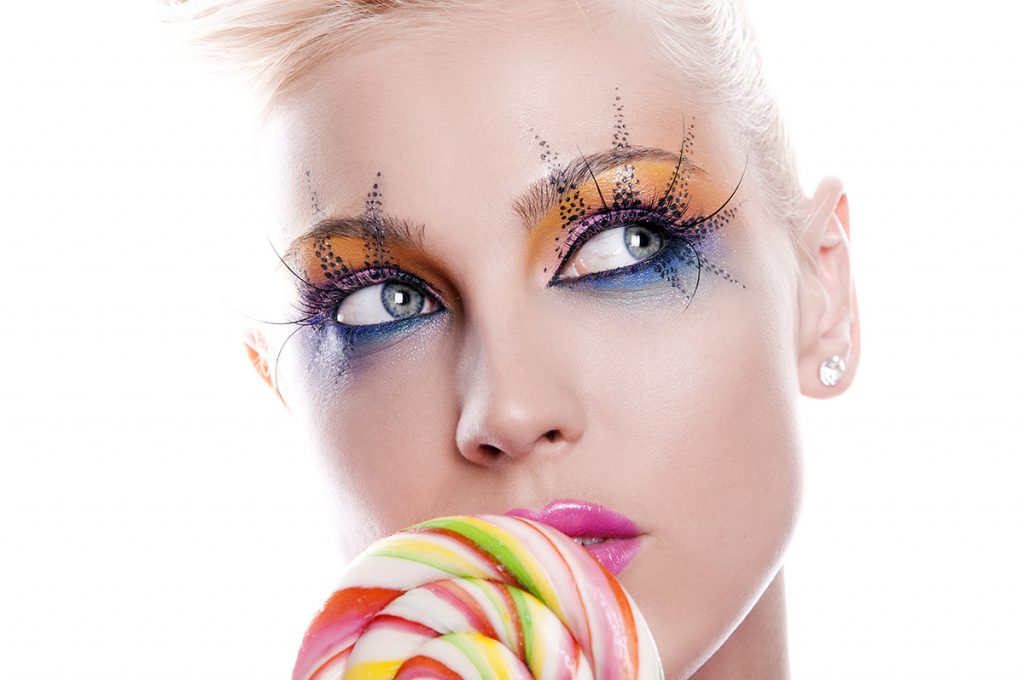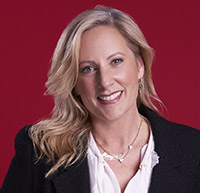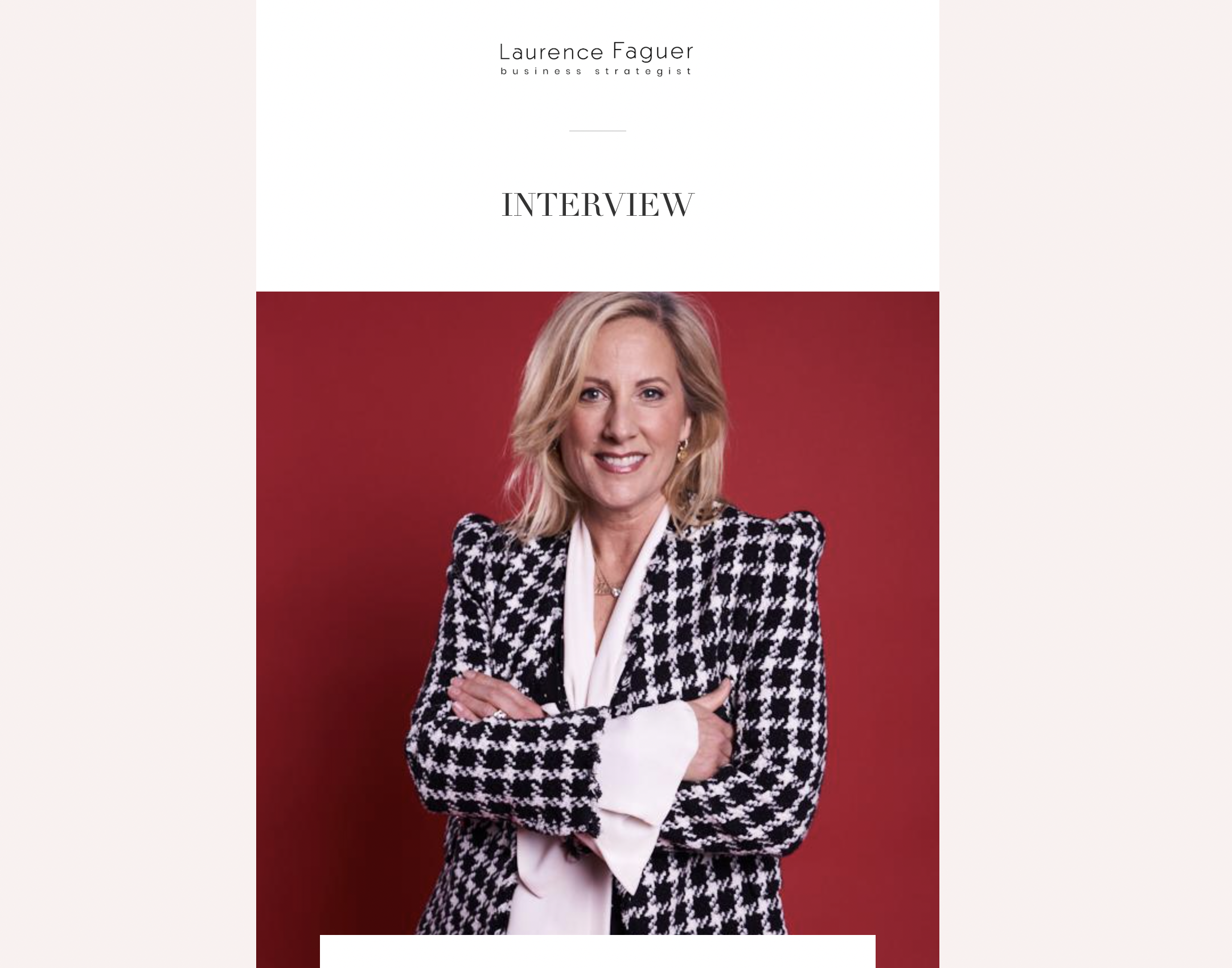One of the standout success stories of the massive shift to online this year must be the beauty industry. Customers who previously overwhelmingly preferred to shop for cosmetics and skincare in person in-store or in airports whilst travelling, have switched to online en masse. Many brands and retailers have reacted with extraordinary agility, deploying technology and digital innovation at speed to recreate the beauty counter experience online.
Depending on what you read, online now represents anything from 40% to 60% of sales. However, the total spend is nowhere close to what it was before. As we head into the 2020 Golden Quarter, the focus must be on maximising revenue from this critical time of year. How do you persuade the beauty consumer to click and spend with you?
This was the theme for our recent webinar: Bringing the beauty counter online – how to create a great digital experience, chaired by JuE Wong, CEO of breakthrough hair care and repair specialist Olaplex.If you missed it, then here’s your chance to catch up with top class thinking and practical recommendations for action from leading practitioners:
- Ed Bussey of Quill explains that online, performance content (all the pre-purchase information) is the only touchpoint between your customer and your product. Quill assessed the content of 50 top beauty brands (shout out to Charlotte Tilbury who came top of the table) and found that more than half were failing to make the grade. Ed shares four important takeaways for creating great content that give a fast return on investment.
- Laura Levy of social listening experts Semantiweb introduces three major consumer trends – virtual product try-on, skincare at home sampling and personalised, human online consultations.
- Luca Rovere, Global Advocacy Marketing & Insights Director at L’Oréal, explains how the world’s biggest beauty company is acting on these insights, notably with its Modiface AR technology, which is increasing customer engagement x 2 and conversion rates x 3.
- Taggstar’s CRO Pete Buckley makes the case that beauty is a social industry; consumers spend a lot of time in the discovery phase and are influenced by the opinion and actions of others. By using invisible user content (what customers look at, interact with, buy, return, review), social proof replicates that sense of community to improve the user experience and drive conversions at the end of the shopping journey.
- Last but not least, in search of a clay mask, Taggstar Senior Customer Success Manager Vjosana Gashi walks us through how social proof messaging supports the customer at every stage of the decision making process, right down to the all important decision to purchase (basket abandonment in cosmetics can be as high as 86%).
As JuE says, 2020 is very far from what any of us expected. But human beings and the businesses they create are resilient and adaptable. As the beauty sector gears up for a frankly unknowable Golden Quarter, the recommendations from this webinar give brands and retailers practical, low cost steps they can take to ensure they give every customer the best possible digital experience to maximise conversions and revenue in the next few weeks.
Watch now: Bringing the beauty counter online – how to create a great digital experience



